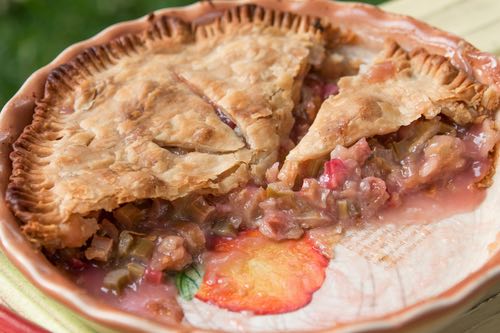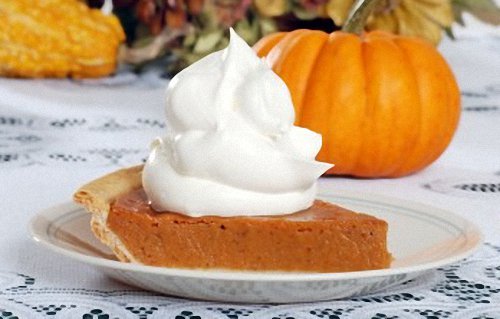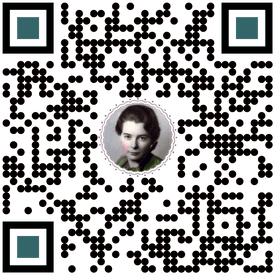- Home
- Pies and Tarts
- Lard Pie Crust Recipe
Lard Pie Crust Recipe
Choose an old fashioned lard pie crust recipe if you want to bake the richest, flakiest crust you can imagine.
Yes, butter makes a great crust too, but if you want pies that taste like Grandma's, it's the lard that makes the difference in texture and taste!
Grandma's Lard Pie Crust Recipe
Mom's Recipe Scrapbooks (c. 1920s)
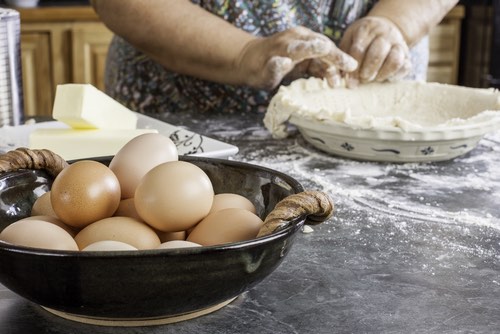 Making an Old Fashioned Flaky Pie Crust with Lard
Making an Old Fashioned Flaky Pie Crust with Lard(Source: ©jminso/Depositphotos.com)
Easy Pie Crust With Lard
This pastry is nostalgic for me. I'll never forget Grandma's flaky lard pastry with its tang of vinegar. Nothing compares.
2-3/4 cups flour, 1 teaspoon salt, 1/2 pound lard; plus 1/2 tablespoon vinegar, 1 egg, and enough water to make 1/2 cup.
Old Fashioned Lard Pie Crust Recipes
Mary At The Farm and Book Of Recipes (1915)
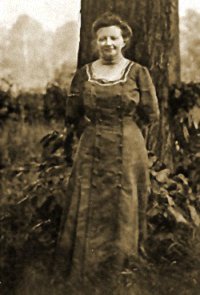 Frau Schmidt
Frau SchmidtRead practical tips for making old fashioned pie crusts with lard in the Pennsylvania Dutch tradition.
How to Make Light Flaky Pie Crust With Lard
Have all the materials cold when making pastry. Handle as little as possible.
Place in a bowl 3-1/2 cups flour, 3/4 teaspoonful salt, and 1 cup good, sweet lard. Cut through with a knife into quite small pieces and mix into a dough with a little less than a half cup of cold water.
Use only enough water to make dough hold together. This should be done with a knife or tips of the fingers.
The water should be poured on the flour and lard carefully, a small quantity at a time, and never twice at the same place. Be careful that the dough is not too moist.
Press the dough with the hands into a lump, but do not knead. Take enough of the dough for one pie on the bake board, roll lightly, always in one direction, line greased pie tins with the rolled dough, and fill crust.
If fruit pies, moisten the edge of the lower crust, cover with top crust, which has been rolled quite thin. A knife scraped across the top crust several times before placing over pie, causes the crust to have a rough, flaky, rich-looking surface when baked.
Cut small vents in top crust to allow steam to escape. Pinch the edges of fruit pies well together to prevent syrup oozing out.
If you wish a light, flaky pie crust, bake in a hot oven (425°F).
If a sheet of writing paper placed in oven turns a delicate brown, then the oven is right for pies. The best of pastry will be a failure if dried slowly in a cool oven.
When baking a crust for a tart to be filled after crust has been baked, always prick the crust with a fork before putting in oven to bake. This prevents the crust forming little blisters.
Aunt Sarah's Lard Pie Crust Recipe
Aunt Sarah always used for her pies four even cups of flour, 1/4 teaspoonful baking powder, and one even cup of sweet, rich, homemade lard, a pinch of salt with just enough cold water to form a dough, and said her pies were rich enough for anyone.
They certainly were rich and flaky, without being greasy, and she said, less shortening was necessary when baking powder was used.
To cause her pies to have a golden brown color she brushed tops of pies with a mixture of egg and milk or milk and placed immediately in a hot oven.
She frequently put small dabs of lard or butter on the dough used for top crust of pies before rolling crust the desired size when she wished them particularly rich.
Frau Schmidt's Superior Lard Pie Crust Recipe
For superior pastry use 1-1/2 cups flour, 1 cup lard, 1/2 teaspoonful salt, and about 1/4 cup of cold water, or three scant tablespoonfuls.
Put 1 cup of flour on the bake board, sprinkle salt over, chop 1/4 cup of sweet lard through the flour with a knife, until the pieces are about the size of a cherry. Moisten with about 1/4 cup of ice-cold water.
Cut through the flour and lard with a knife, moistening a little of the mixture at a time, until you have a soft dough, easily handled. Roll out lightly the size of a tea plate.
Take 1/3 of the lard remaining, put small dabs at different places on the dough (do not spread the lard over), then sprinkle over 1/3 of the remaining half cup of flour and roll the dough into a long, narrow roll, folding the opposite ends in the center of the roll.
Roll out lightly (one way), then add lard and flour; roll and repeat the process until flour and lard have all been used. The pastry may be set aside in a cold place a short time before using.
If particularly fine pastry is required, the dough might be rolled out once more, using small dabs of butter instead of lard, same quantity as was used of lard for one layer, then dredged thickly with flour and rolled over and over, and then ends folded together, when it should be ready to use.
When wanted to line pie tins, cut pieces off one end of the roll of dough and roll out lightly. The layers should show plainly when cut, and the pastry should puff nicely in baking and be very rich, crisp, and flaky.
When preparing crusts for custards, lemon meringues and pies having only one crust, cut narrow strips of pastry about half an inch wide, place around the upper edge or rim of crust and press the lower edge of the strip against the crust.
Make small cuts with a knife about 1/3 inch apart, all around the edge of this extra crust, to cause it to look flaky when baked. This makes a rich pie crust.
Frau Schmit's Lard Pie Crust Recipe
A very good crust may be made by taking the same proportions as used for Superior Pastry (see above), placing 1-1/2 to 2 cups flour on the bake board, add salt, cut 1/2 cup lard through the flour, moistening with water.
Roll out crust and line pie-tins or small patty pans for tarts. This lard pie crust recipe is not quite as fine and smooth as the other, but it requires less time and trouble to make than some.
How to Render Lard
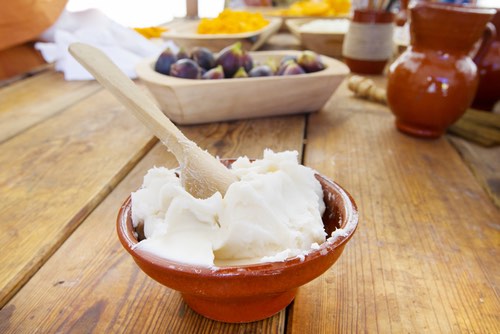 Bowl of Rendered Lard for Making Pie Crusts
Bowl of Rendered Lard for Making Pie Crusts(Source: ©bykofoto/Depositphotos.com)
Homemade lard made the old fashioned way is sweet, good lard, unlike today's store-bought lards that often contain partially hydrogenated oils.
Nothing makes flaky pastry like good lard, so if you're planning on doing much pie crust making, your best option might be to render your lard the same way that Grandma did.
Pure lard makes the best pie crust in the world!
In an article humorously titled Praise the Lard! How to Make Lard & Why You Should Eat It, you will find illustrated, step-by-step instructions for how to render your own lard the easy way.
An old fashioned lard pie crust recipe will always turn out flaky perfect when made with pure lard that's been carefully rendered.
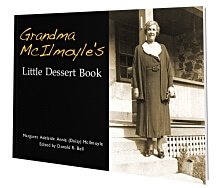
Sign Up now for GRANDMA'S DESSERT CLUB and download your FREE PDF COPY of Grandma McIlmoyle's Little Dessert Book. Also receive my regular Bulletin featuring classic recipes and nostalgia.

